Private Gardens


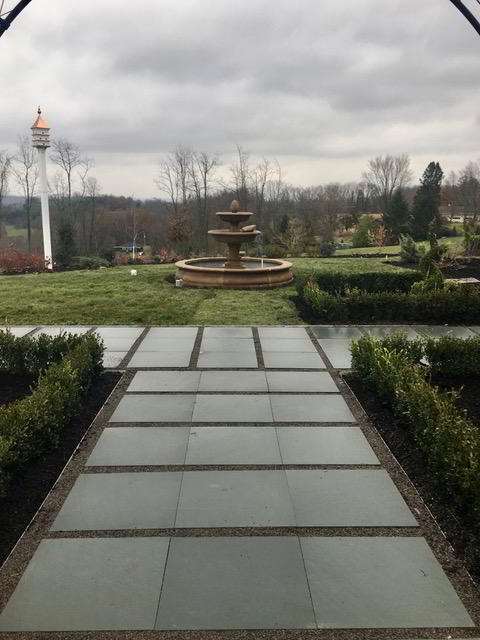
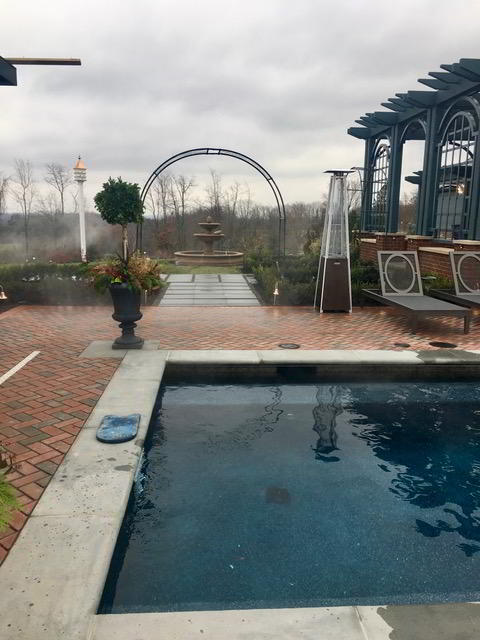
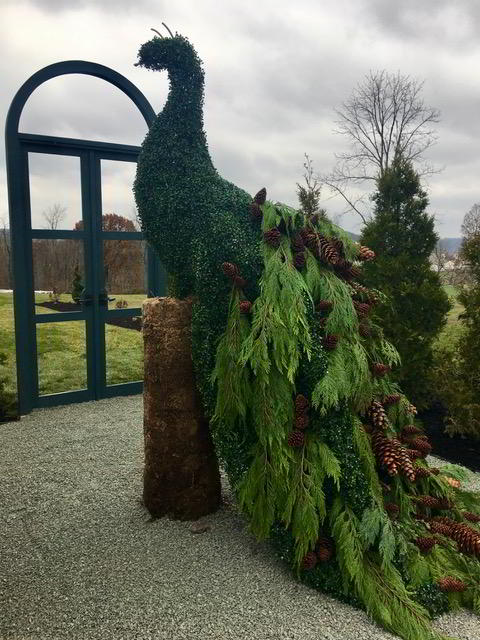
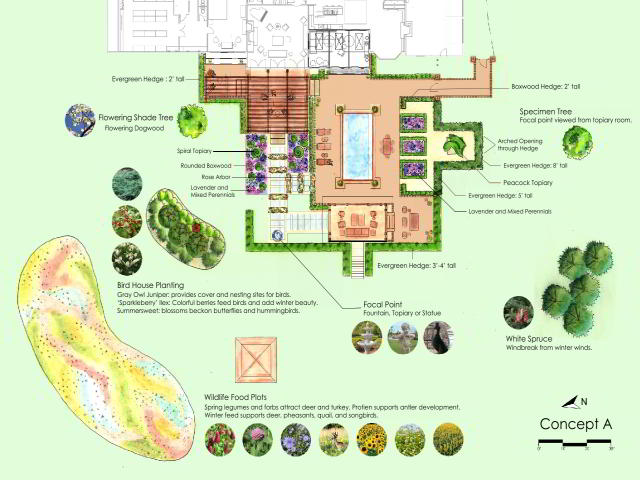

The landscape design drawing reflects the visual representation of the overall plan for the site. The architecture, pathways, and garden style nearest the home, pool, and poolhouse are formal and complement the home’s architectural style. The plantings further away are less formal.
Formal gardens are generally laid out in straight lines and symmetrical arrangements of plants on either side of a central axis that guides you to a decorative focal point. Pathways, hedging, and topiaries establish the bones of the garden. The filler plants add color and fragrance. Phyllis’ chosen filler plants are a diverse selection of noninvasive plants and native trees, shrubs, perennials, proving that well chosen native plants can complement a formal design and benefit local ecology.

The Spring Azure Butterfly (Celastrina ladon) uses maple-leaf viburnum (Viburnum acerifolium) as a host plant, the leaves of which make up the background of this section.
Before and After
Wells Garden
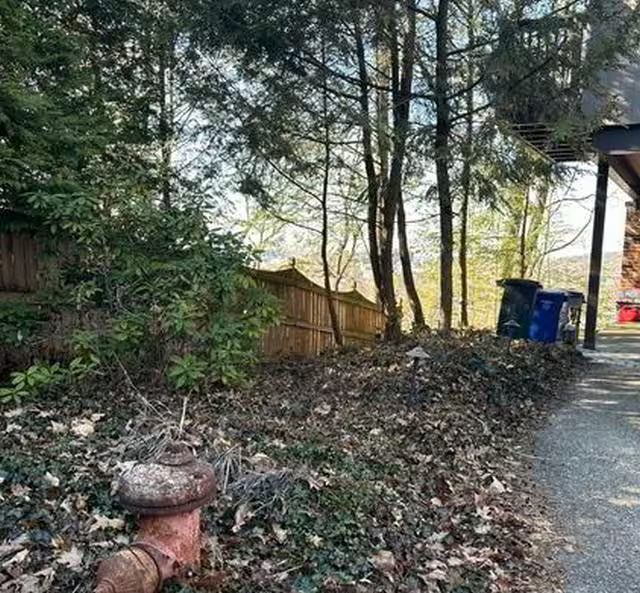


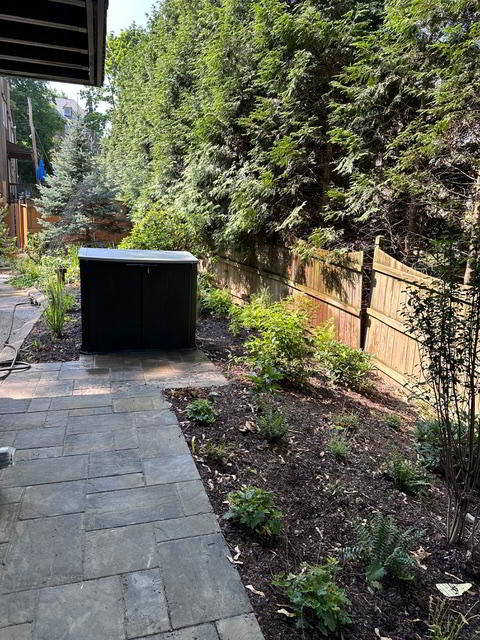

The Silver-spotted skipper (Epargyreus clarus) uses black locust (Robinia pseudoacacia) as a host plant; the leaves of which make up the background of this section.
Landscape Plans
National Aviary
In 2011, Landscape Design Studio was contracted to develop a concept plan to enhance the visitor’s experience and the habitat of the Andean Condors at the National Aviary in Pittsburgh, PA. The proposed plan for Condor Court included many of LDS’s design concepts. However, due to a change in funding, not all of the proposed features were implemented.
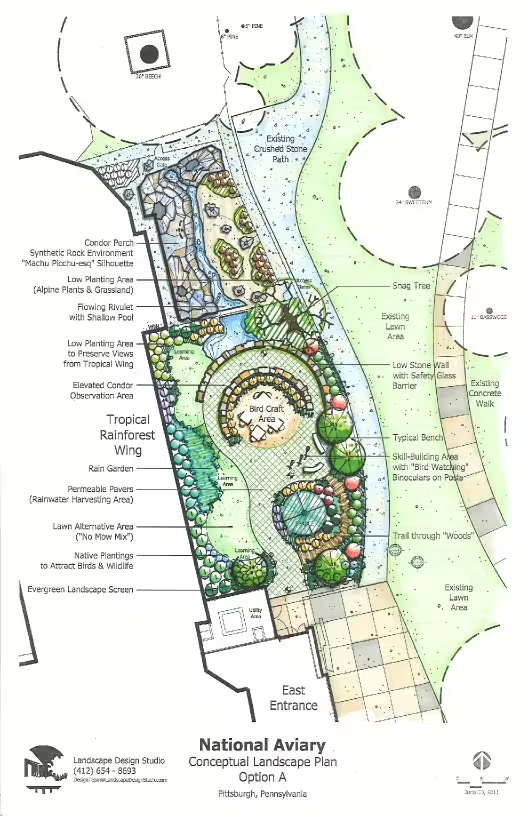
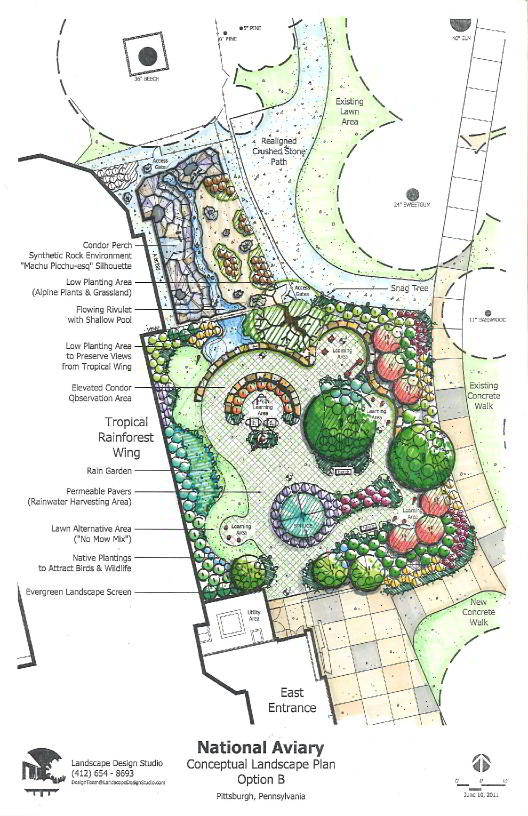
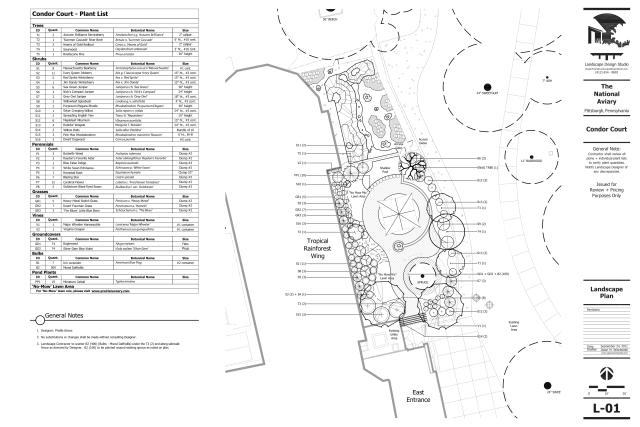
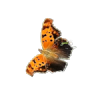

The question mark (Polygonia interrogatonis)-right, and the eastern comma (Polygonia comma)-left, butterflies both use the American elm (Ulmus americana) as a host plant; which is the background of this section.
Acid Mine Reclamation at Pittsburgh Botanic Garden

The red-spotted purple butterfly (Limenitis arthemis) feeds on the wild black cherry (Prunus serotina), which is the background of this section.